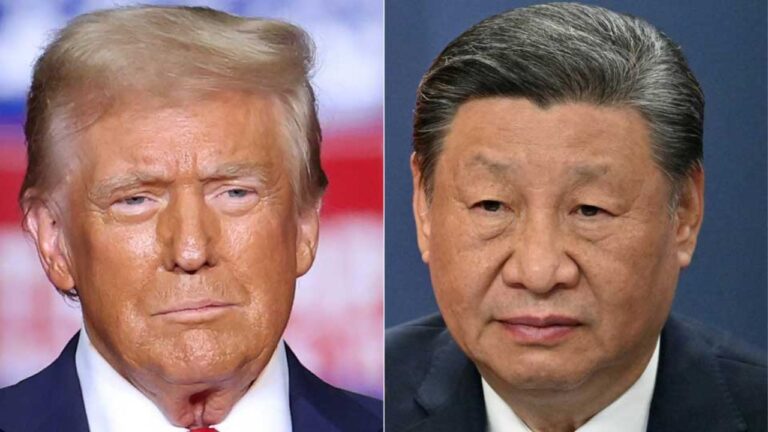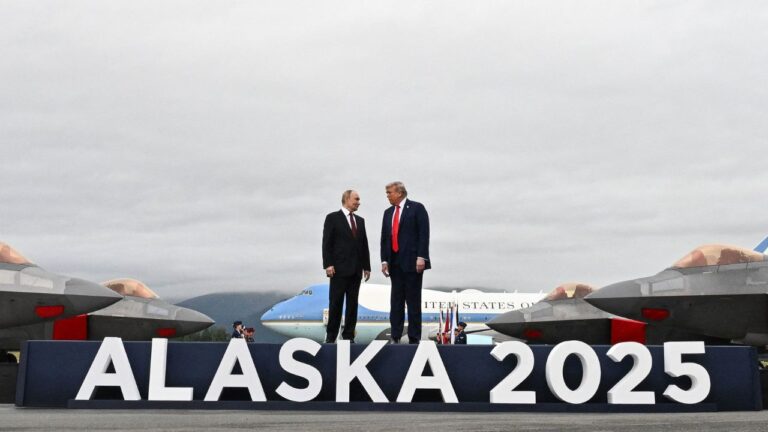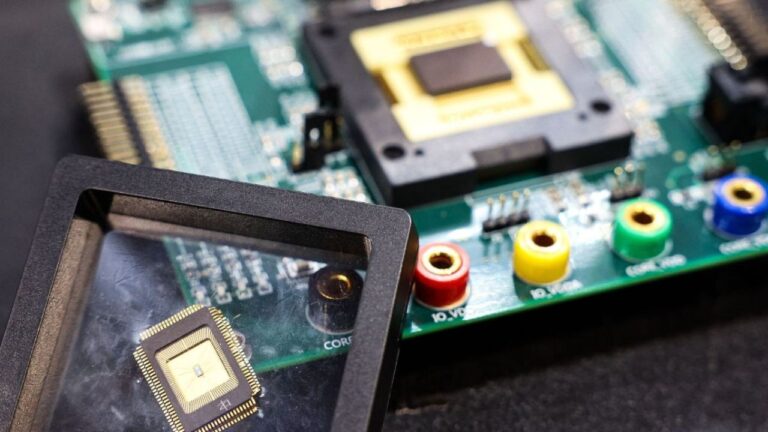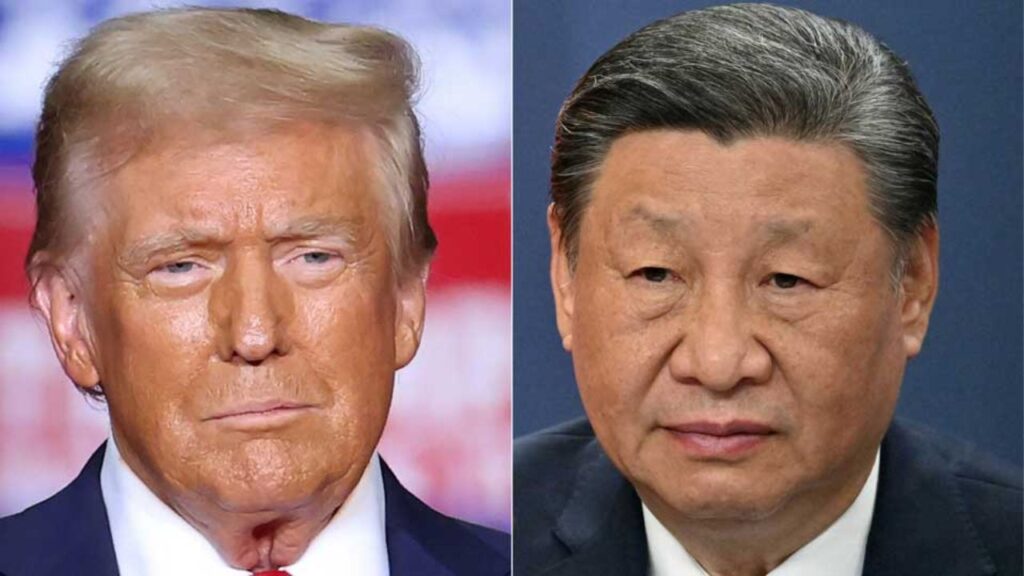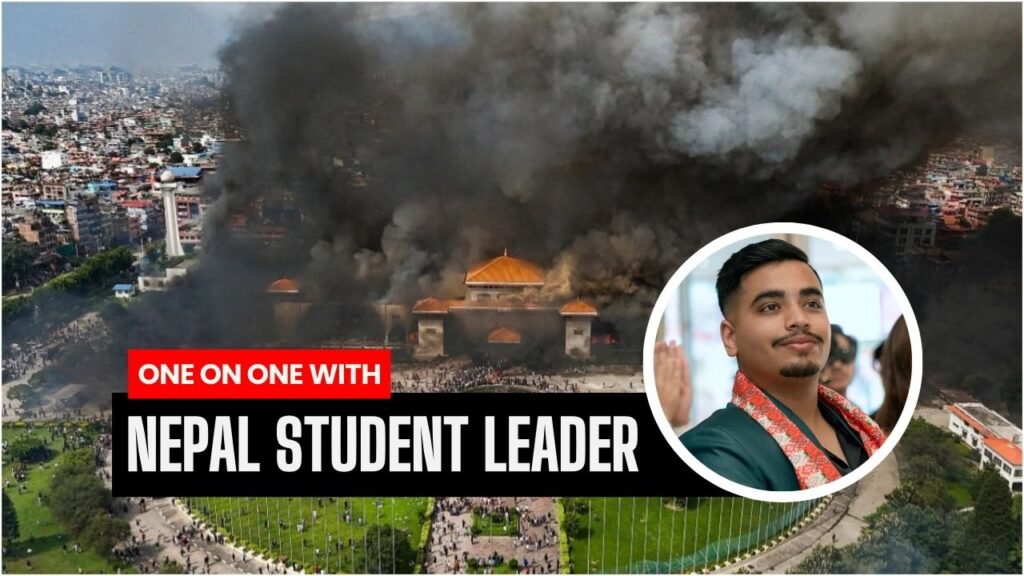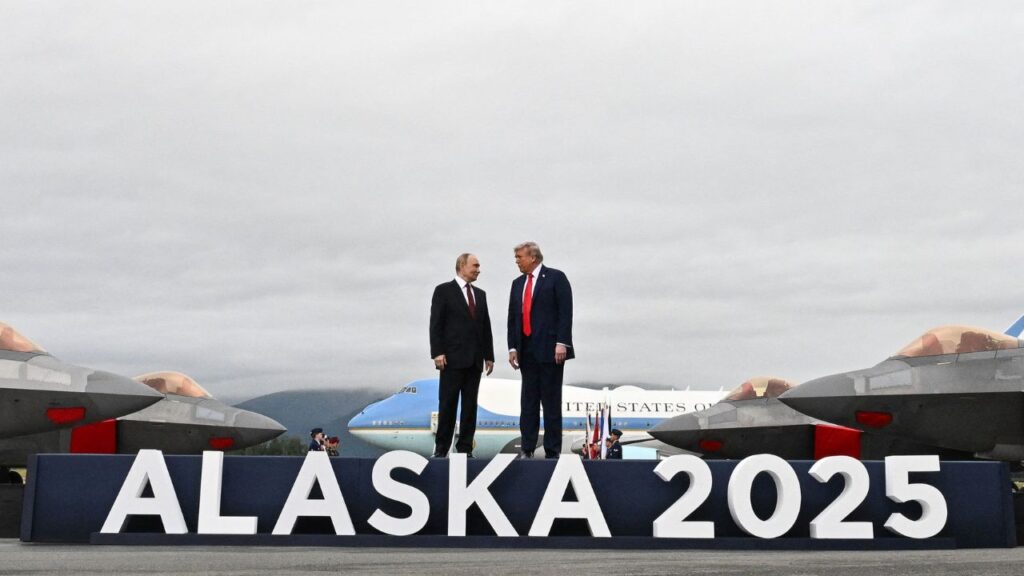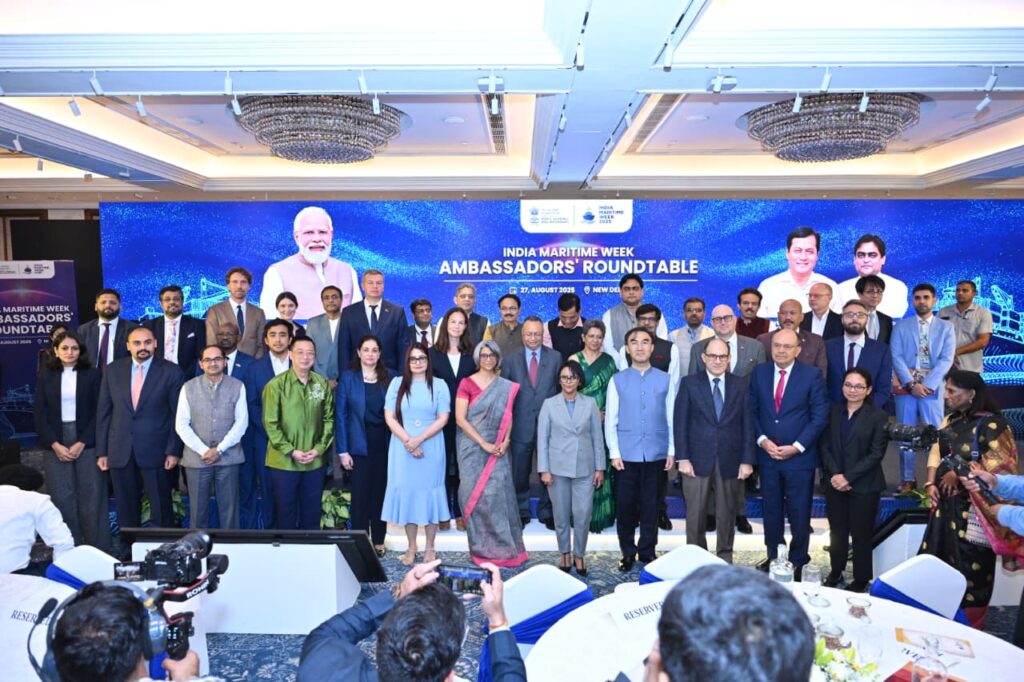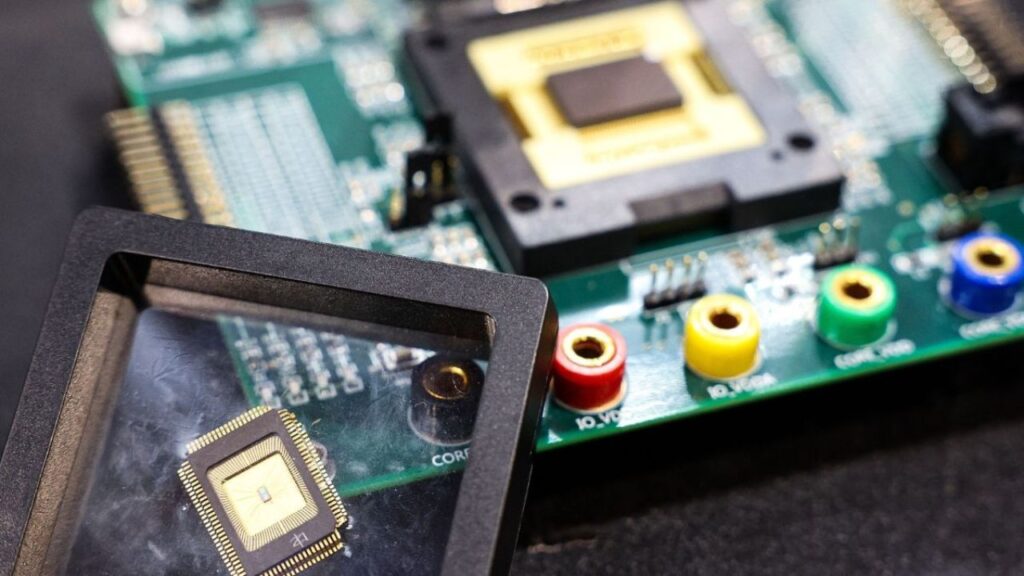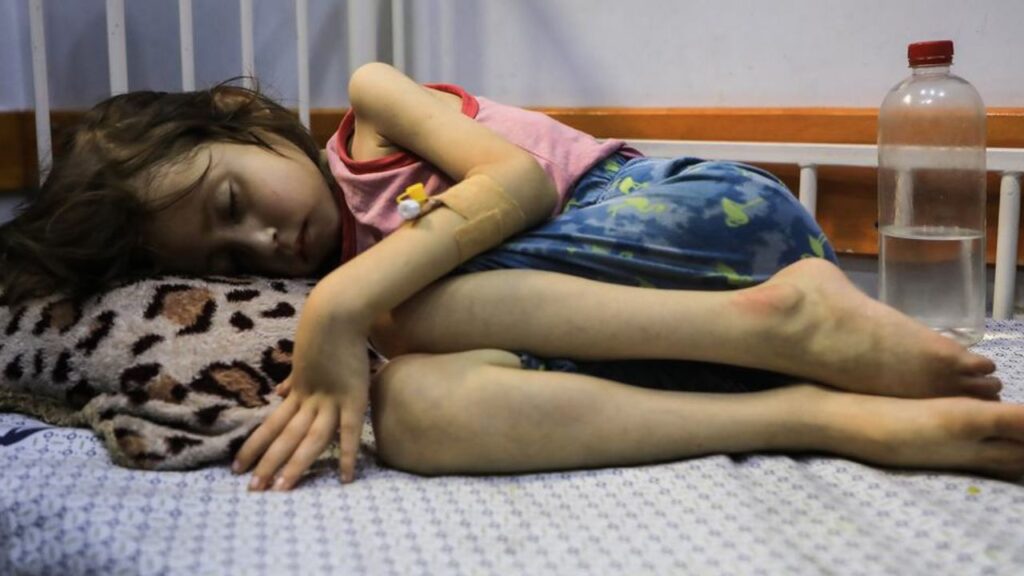As missiles rain and alliances fray, one man, almost invisible in the public eye, remains the axis around which Iran’s political universe still revolves: Ayatollah Ali Khamenei.
Now 86, Iran’s Supreme Leader finds himself at the centre of the gravest challenge to the Islamic Republic since its founding in 1979. With Israel openly striking Iranian nuclear and military targets, and U.S. President Donald Trump threatening him directly, saying “we know exactly where he is” and recently calling for Iran’s unconditional surrender, Khamenei, the reclusive jurist, is facing mounting pressure both from abroad and within.
For decades, Khamenei has wielded absolute power in Iran’s theocratic system. As rahbar, or supreme leader, he sits above all branches of government, appoints heads of the judiciary and the military, and exercises final control over presidential candidates. Foreign policy, the nuclear programme, and the region-wide “Axis of Resistance” network fall squarely under his purview. But today, as Iran’s economy falters, its regional influence shrinks, and protests become recurrent, Khamenei faces the most existential test of his leadership. The Iranian supreme leader is backed into a corner, a situation he has spent his life doing his best to avoid.
From Revolution to Rule
Born in 1939 in Mashhad, Khamenei grew up in a religious family during the reign of the Shah. The 1953 CIA-MI6 coup that ousted Prime Minister Mossadegh profoundly shaped the worldview of many young clerics, Khamenei included. In the 1970s, he was arrested and tortured multiple times by the Shah’s secret police, SAVAK. He became a trusted lieutenant of Ayatollah Ruhollah Khomeini, and after the 1979 Islamic Revolution, Khamenei quickly rose through the ranks. He was named Tehran’s Friday prayer leader and later became President of Iran in the 1980s.
After Khomeini’s death in 1989, the Assembly of Experts, influenced heavily by Ali Akbar Hashemi Rafsanjani, selected Khamenei as the new Supreme Leader. Though he humbly claimed he was not worthy of the role, “My nomination should make us all cry tears of blood,”he accepted. The clerical establishment soon reshaped the system to grant him expanded powers, solidifying a near-absolute grip on Iran’s institutions.
Guardian of a Cracking Order
Khamenei’s leadership has survived liberal reformists, hardliner presidents, international isolation, war, and internal rebellion. Yet, his unwavering commitment to clerical rule has also stalled attempts at political reform. When Mohammad Khatami was elected President in 1997 on promises of reform, Khamenei sided with hardliners during student protests. The 2009 Green Movement, which followed allegations of election fraud, was met with brutal crackdowns.
While publicly condemning nuclear weapons as un-Islamic, Khamenei cautiously backed talks with the U.S. under President Rouhani, leading to the 2015 Iran nuclear deal. But Donald Trump’s withdrawal from the deal in 2018 and reimposition of sanctions crippled Iran’s economy, triggering repeated unrest at home.
What was once a calculated resistance strategy using proxy militias across the region has backfired. Iran’s allies have either been destroyed or are embattled: Hezbollah degraded, Assad’s regime bombed, the Houthis isolated. The October 7 Hamas attack on Israel gave Tel Aviv a pretext to strike Iran’s regional infrastructure. The strikes on Iranian territory on June 13 marked a dramatic escalation, targeting nuclear facilities and top military officials. Suddenly, the shadow war is no longer in the shadows.
A Leader Under Siege
When Khamenei appeared in public in October 2024 for the first time in five years, he had an uncompromising message: “Israel won’t last long.”
Days earlier, Israel had assassinated Hezbollah chief Hassan Nasrallah, a longtime personal ally. That assassination, followed by Israel’s offensive, has exposed the collapse of Khamenei’s strategy of deterrence through proxy networks.
Khamenei, long known for his seclusion and silence, has become even more elusive. His movements are tightly guarded by an elite Revolutionary Guard unit, and he was reportedly moved to a secure location after recent Israeli strikes. Trump’s veiled threats, paired with Netanyahu’s open suggestion that targeting Khamenei “would end the conflict,” have placed the Supreme Leader himself in the crosshairs.
The Islamic Republic, once buoyed by revolutionary zeal, now finds itself increasingly isolated and brittle. With soaring inflation, a battered currency, and youth alienated by repression, Khamenei’s promise to lead Iran on the path of “material growth and progress” rings hollow.
And yet, Khamenei remains Iran’s most consequential figure. A living relic of the revolution and the architect of the current order. He is also a towering figure in the Shia world, revered by clerics and militant networks alike from Lebanon to Pakistan. His decisions will now determine not just the fate of his leadership, but of the regime itself. Whether he clings to the old playbook of resistance or adapts to geopolitical realities could decide if Iran remains in perpetual confrontation or seeks a new path forward.


